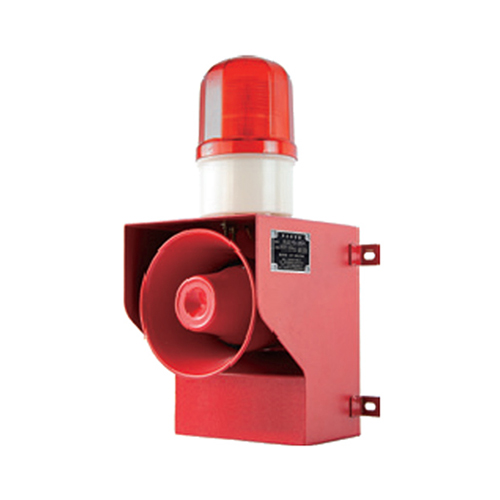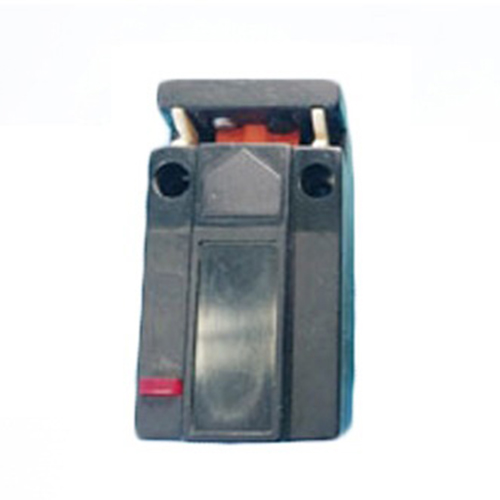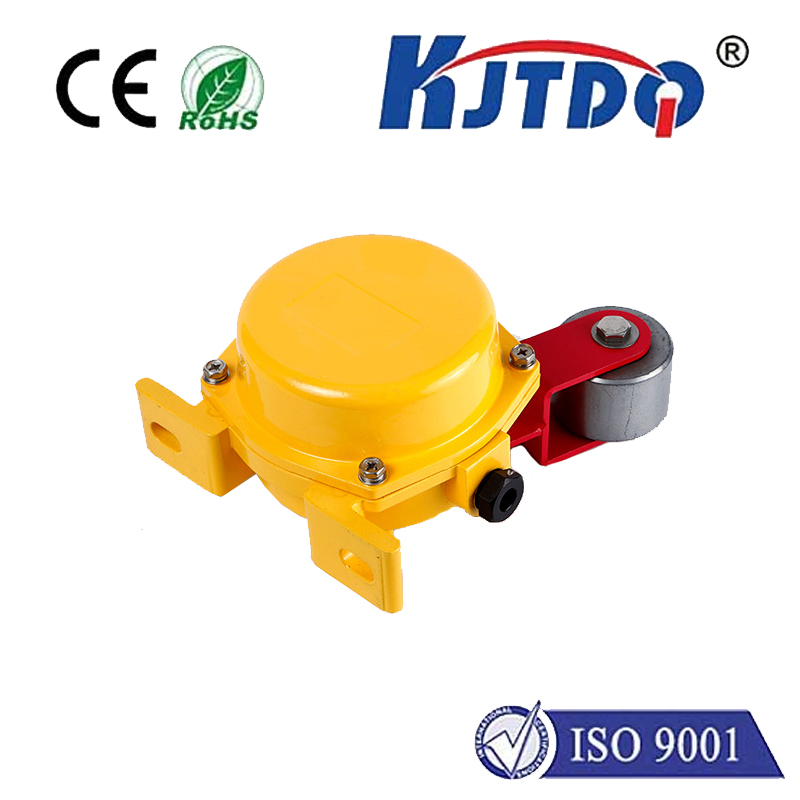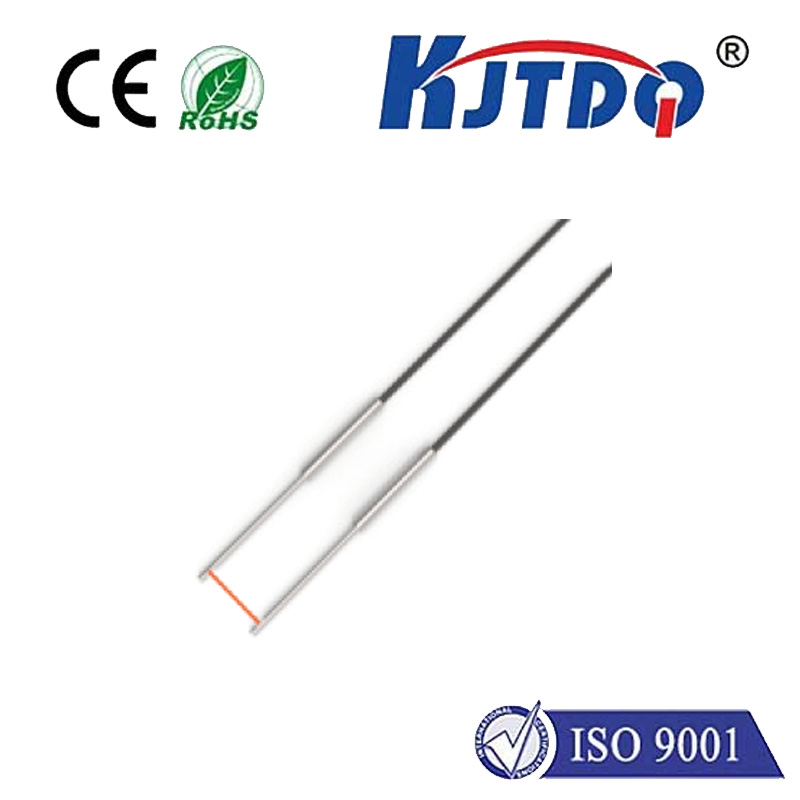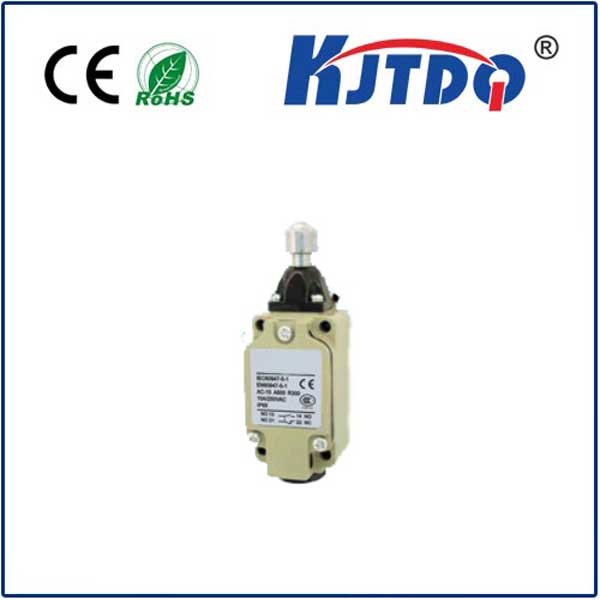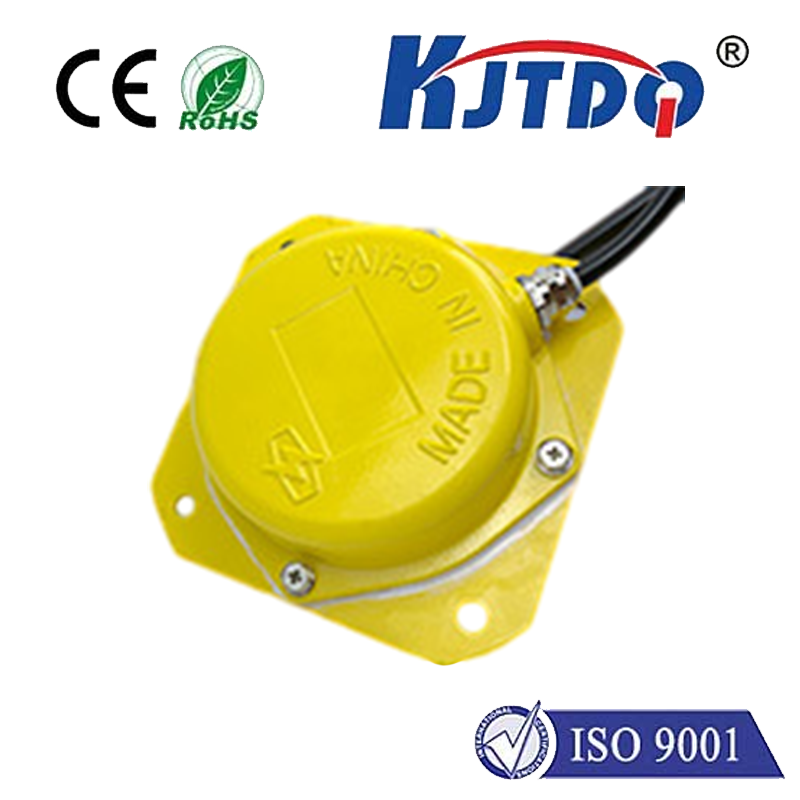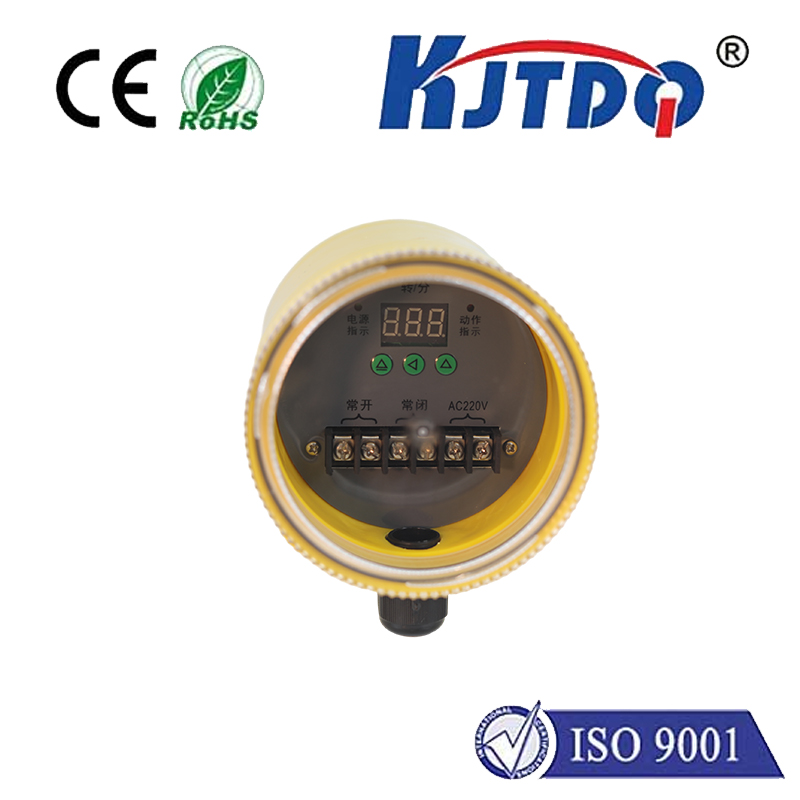geared limit switch
- time:2025-08-01 09:24:05
- Click:0
The Unsung Precision Hero: Understanding Gear-Driven Rotary Limit Switches
Imagine a massive crane lifting a critical load, a conveyor belt transporting heavy materials at high speed, or a giant valve regulating flow in a refinery. Precise stopping points aren’t just desirable; they’re essential for safety, efficiency, and preventing catastrophic damage. Enter the geared limit switch, a robust and highly accurate workhorse in the world of industrial automation and motion control. This specialized type of rotary limit switch leverages mechanical advantage to deliver reliable position feedback where sheer force and pinpoint accuracy converge.
Beyond Basic Switches: The Core Principle
Unlike simple lever-arm limit switches, a geared limit switch incorporates an integrated gear reduction mechanism, typically a worm gear system. This crucial design element fundamentally alters its capabilities:

- Torque Amplification: The gear reduction allows a small rotational force (torque) applied to the switch’s input shaft (often by a cam attached to moving machinery) to be significantly amplified. This enables the switch to reliably actuate its internal electrical contacts even when driven by heavy, slow-moving equipment generating immense resistance.
- Precision Positioning: The gear train translates large movements of the driven machinery into much smaller, more precise rotations of the switch’s actuator mechanism inside. This allows for very fine adjustment of the actuation point (where the switch changes state) and enables the detection of minute positional changes that simpler switches might miss.
- Reduced Wear and Tear: By multiplying the force, the gears mean the internal switching mechanism experiences lower stresses for a given load on the input shaft. This translates directly to enhanced durability and a longer operational lifespan in demanding environments.
Key Components and Their Roles
Understanding a geared limit switch means knowing its parts:
- Input Shaft/Coupling: This is the interface point with the moving machinery. A cam, lever, or direct coupling transmits the machinery’s rotation to the switch.
- Worm Gear System: The heart of the “geared” aspect. A worm (a screw-like gear) meshes with a worm wheel (a gear resembling a spur gear). This arrangement provides high reduction ratios (e.g., 50:1, 100:1, or higher) in a compact space and offers inherent self-locking – the input shaft cannot easily be back-driven by force on the worm wheel, ensuring positive position verification.
- Actuating Mechanism: The rotation from the worm wheel drives a mechanism (often another cam or eccentric) inside the switch housing. This mechanism physically moves the switch elements.
- Electrical Switching Elements: These are the contact blocks (snap-action switches) or proximity sensors that open or close electrical circuits based on the position of the internal actuator. Common configurations include single-pole single-throw (SPST – NO/NC) or double-pole double-throw (DPDT). Positive opening operation is a critical safety feature, ensuring contacts physically separate even under weld conditions.
- Enclosure: A robust housing (metal or high-grade plastic) protects the sensitive internal components from environmental hazards like dust, moisture, oils, chemicals, and physical impacts. Ratings like IP65, IP67, or NEMA 4, 4X, 12 are common.
Where Geared Switches Shine: Critical Applications
The unique strengths of geared limit switches make them indispensable in specific scenarios:
- Heavy Machinery & Material Handling: Cranes (hoist limits, trolley travel), overhead cranes, gantry systems, excavators, ship loaders/unloaders. Their ability to handle high torque and provide reliable end-of-travel stops is paramount for safety and preventing structural overload.
- Valve Actuation & Control: Large ball valves, butterfly valves, gate valves in oil & gas, chemical processing, power generation, and water treatment. They provide precise open/close position verification for critical flow control.
- Conveyor Systems: Monitoring belt alignment (mis-tracking switches), detecting jams, signaling end-of-line positions, especially on long or heavily loaded conveyors.
- Industrial Doors & Gates: High-speed rolling doors, large hangar doors, security gates rely on them for safe, reliable opening and closing limits.
- Packaging & Processing Equipment: Where precision positioning of large components or stages is required under significant load.
- Wind Turbines: Monitoring pitch angle of blades and yaw position of the nacelle, demanding robust operation in harsh environments.
Advantages: Why Choose a Geared Limit Switch?
- High Torque Capacity: Handles demanding loads that would overwhelm standard limit switches.
- Exceptional Accuracy & Repeatability: Gear reduction allows for fine adjustments and consistent operation.
- Robustness & Durability: Built for tough industrial environments with sturdy enclosures and reduced internal stress.
- Reliable Position Verification: Self-locking nature provides positive confirmation of machine position.
- Flexible Mounting & Actuation: Multiple mounting options and readily adaptable to different machinery linkages via cams or levers.
- Safety Compliance: Features like positive opening contacts are vital for safety-critical applications.
Considerations for Selection and Use
Choosing the right geared limit switch requires careful thought:
- Torque Requirements: Calculate the maximum torque the machinery will exert on the input shaft.
- Reduction Ratio: Select a ratio that provides the necessary precision and force multiplication for the application.
- Environmental Conditions: Match the enclosure rating (IP, NEMA) to the operating environment (dust, moisture, temperature, chemicals).
- Electrical Specifications: Ensure voltage, current rating, and contact configuration (NO, NC, DPDT) match the control circuit needs.
- Mounting & Actuation: Determine how the switch will be physically attached and connected to the moving part (shaft coupling, cam profile, lever arm).
- Adjustability: Fine-tune preset models are common, allowing precise setting of the actuation point during installation and maintenance.
- Overload Protection: Consider if the application might expose the switch to shocks or forces exceeding its rating; external stops may be necessary.






